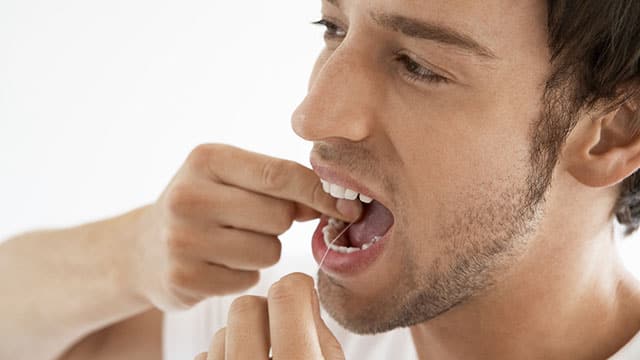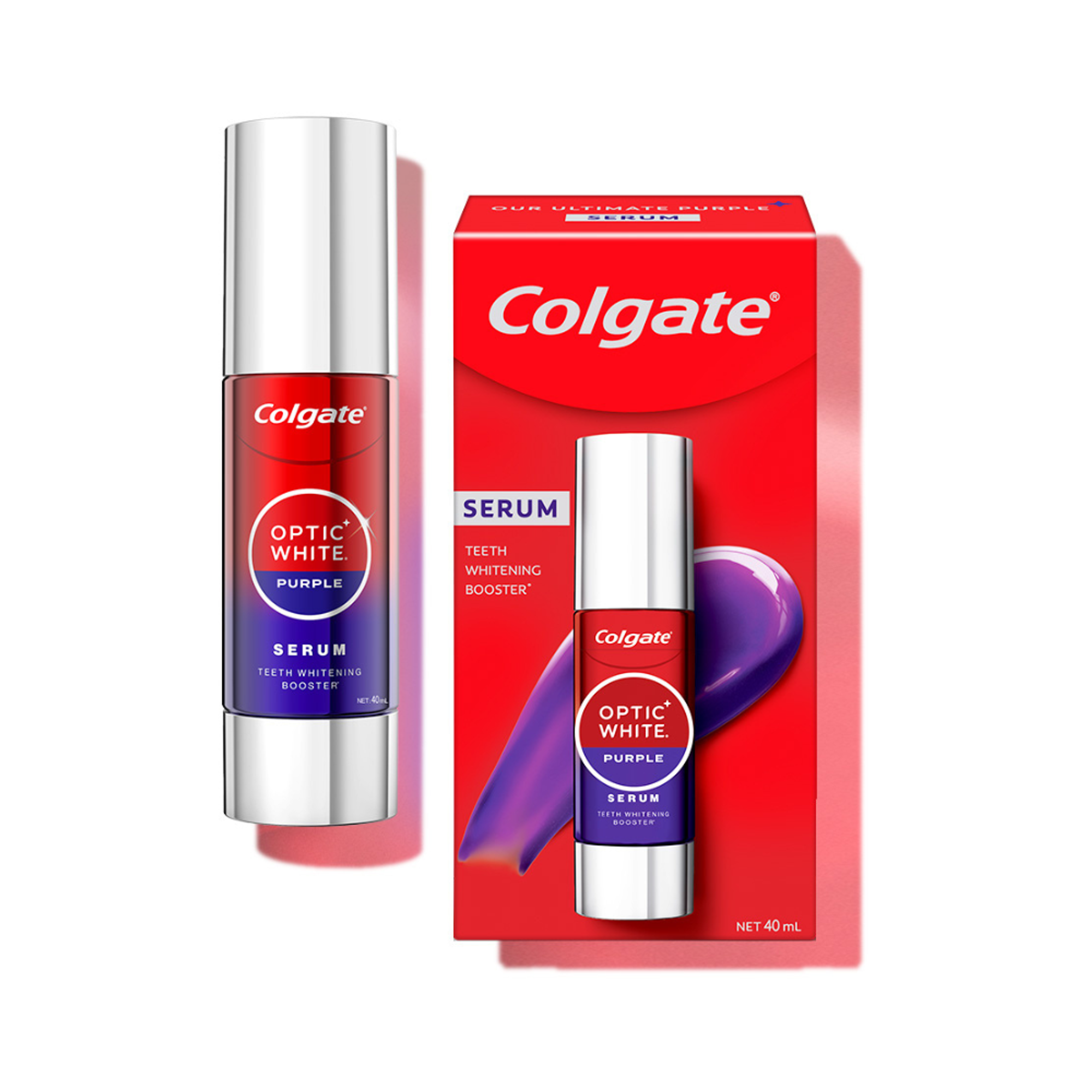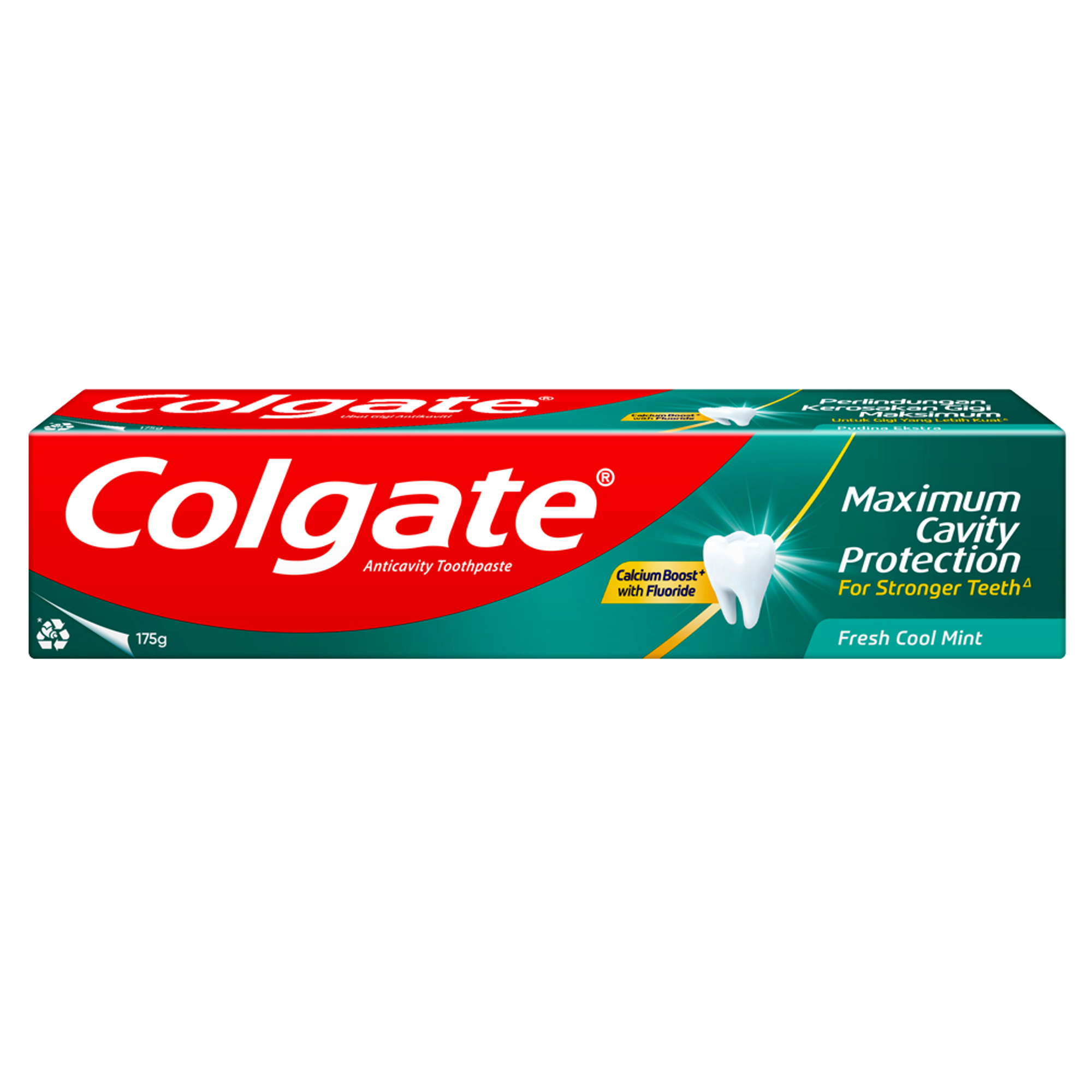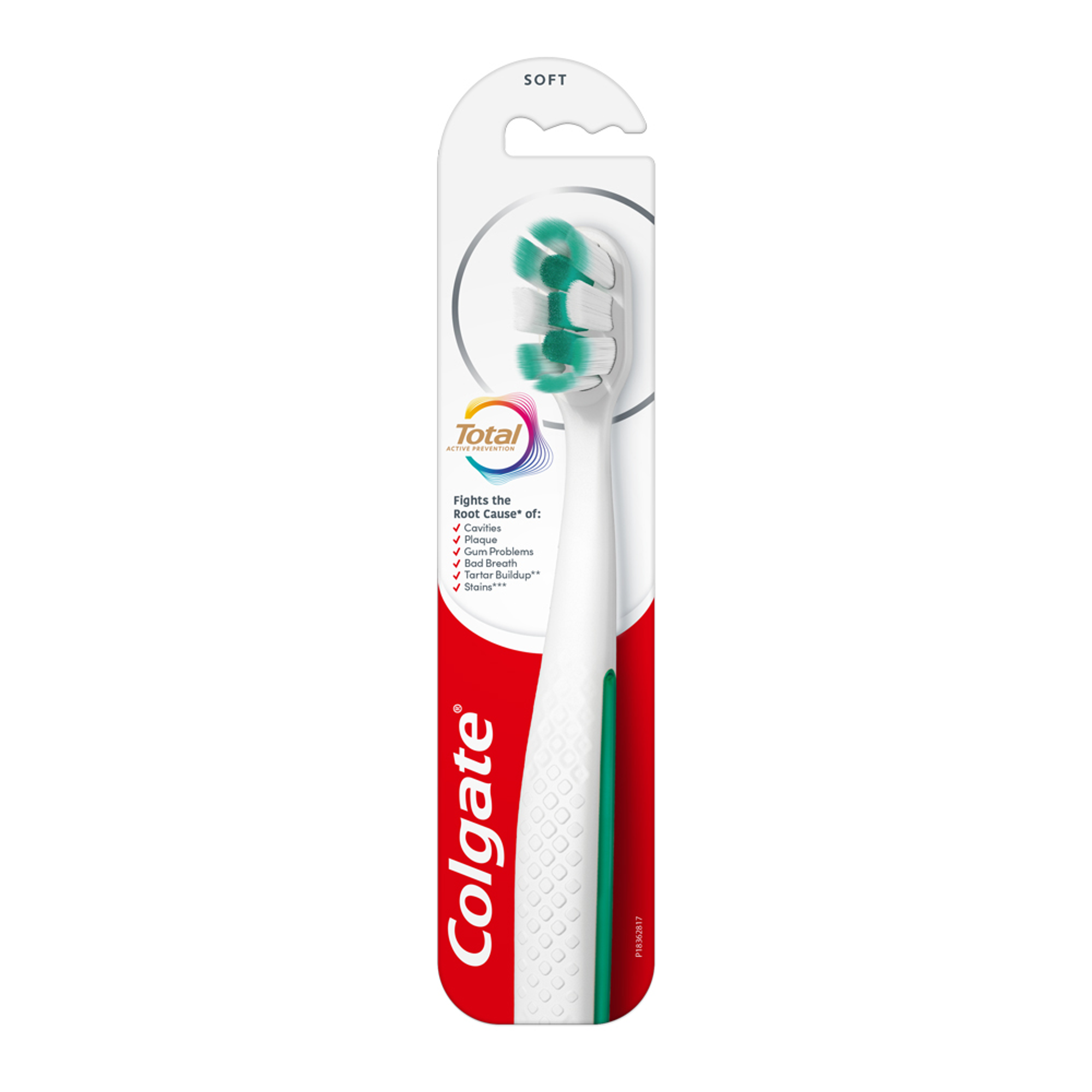How Long Should You Brush Your Teeth?
Brushing teeth for the right duration can play a big role in its effectiveness. Proper brushing takes at least two minutes when brushed twice daily. Two-minute brushing helps to thoroughly clean all the surfaces of your teeth, helping to remove plaque and prevent cavities and gum disease. Here are a few tips to make sure you are brushing for two minutes:
Divide and brush: Divide your mouth into four quadrants, which include top right, top left, bottom right, and bottom left. Spend 30 seconds on each quadrant to ensure every area, including inside surfaces and the surfaces of the teeth, gets equal attention.
Use a timer: Many electric toothbrushes come with built-in automatic timers, which encourage you to dedicate two minutes to brushing. But if you are using a manual brush, setting a timer on your phone can help you stay on track.
Play a song: Brushing to a short song or a part of a song can make the time fly by and brushing more enjoyable, especially for kids.
Can You Brush Your Teeth Too Much?
While brushing teeth regularly is important for maintaining good oral health, using too much pressure while brushing can damage tooth enamel and gum tissue. This can, in turn, result in tooth sensitivity and gum irritation. Excessive brushing can also lead to gum recession, where the gums start pulling away from the teeth, exposing sensitive areas and increasing the risk of gum disease.
Here are some methods you may follow to find the right balance in brushing your teeth:
Stick to twice daily: Brushing in the morning and before bed is enough for most people. Instead of brushing more often, consider rinsing your mouth with water after meals to remove food particles.
Use a soft-bristled toothbrush: Soft bristles are gentle on the gums and teeth while still effective at cleaning. Hard bristles can cause more abrasion and increase the risk of enamel erosion.
Be gentle: Use a little pressure and brush in small, circular motions. Try brushing teeth with your non-dominant hand to experience the difference in the amount of pressure on your teeth.
Essential Brushing Techniques to Follow
Knowing how to brush your teeth correctly with the right toothbrush can make a significant difference in maintaining healthy teeth and gums. Different brushing techniques can help address specific needs, whether you are looking to remove plaque from the gumline or protect sensitive gums. Below are three conventional brushing techniques that you can try to ensure you are cleaning your teeth well.
Bass or Sulcular Technique
The Bass tooth brushing technique is one of the most commonly recommended methods for promoting gum health. This technique helps remove plaque from and below the gumline, reducing the risk of gum disease. A 2018 systemic review analysed various brushing techniques and found that the modified Bass technique was the most effective in reducing plaque and gingivitis compared to the horizontal brushing method.
Position the brush parallel to your teeth.
Tilt the bristles at a 45-degree angle so the bristles are slightly under the gumline.
Apply gentle pressure and use short back-and-forth or circular motions for 15 to 20 counts before moving to the next area.
Brush the outer surfaces of all teeth, then move to the inner surfaces, using the same motions.
For the back of the front teeth, hold the brush vertically and brush up and down using the bristles on the toe of the brush.
Finish by brushing the chewing surfaces of molars, and then gently brush your tongue.
Stillman Technique
The Stillman brushing technique is similar to the Bass method but focuses on people with sensitive teeth or receding gums by placing the bristles partly on the teeth and gums. This method encourages gentle cleaning with the sides of the bristles rather than the ends of the bristles.
Position the brush head at a 45-degree angle to your teeth and gums.
Place the bristles partly on the teeth and gums for effective cleaning and gum stimulation.
Use light pressure and brush with short horizontal strokes along the teeth instead of circles.
Gently sweep the brush downward (for upper teeth) or upward (for lower teeth) from the gumline.
Avoid pressing too hard to prevent irritation to sensitive gum tissue.
This technique encourages gum health by both cleaning and stimulating the gumline.
Charter Technique
Your dentist may recommend the Charter method if you have spaces between your teeth, gum recession, exposed roots, or have had periodontal surgery. Charter’s technique is also useful if you have braces, other orthodontic appliances, or fixed partial dentures.
Position the bristles at a 45-degree angle on the gumline, pointing towards the chewing surface or crown. This position is the opposite of the Bass and Stillman technique.
Angle the bristles away from the gums and toward the tooth surfaces.
Gently vibrate the brush with short circular strokes or back-and-forth motions for 15 to 20 counts.
Follow this pattern for all tooth surfaces, moving from one area to another.
Take extra care around braces, dentures, or surgical sites to avoid discomfort.
This technique supports healing by gently massaging areas after surgery, promoting recovery and healing.
Common Mistakes to Avoid
Even if you brush your teeth twice every day, there is a chance that you will not get the most out of it, as you may be doing it wrong at times. If you are looking for an answer to the question of how to brush your teeth correctly, here are some common brushing mistakes that you should avoid to protect your teeth and gums:
Brushing hard: Too much pressure can damage tooth enamel and irritate gums. Try using gentle pressure to protect both your teeth and gums.
Not replacing the toothbrush at the right time: Over time, your toothbrush bristles may wear out and become less effective. Replace your toothbrush every 3-4 months or sooner if the bristles are frayed.
Using the wrong toothpaste: Not all products suit your oral care needs. So, choosing a toothpaste that suits your specific needs, such as toothpaste for sensitivity, enamel protection, or whitening, is essential.
Not brushing your tongue: The tongue can be a breeding ground for bacteria that cause bad breath and plaque buildup. Be sure to gently brush your tongue or use a scraper to keep your mouth clean and fresh.
Not flossing: Brushing alone does not remove plaque between teeth; daily flossing is also necessary for proper dental care. Interdental flossers help to clean the hard-to-reach areas and support overall oral hygiene.
Brushing too much or too little: Brushing too often can wear down enamel, while brushing too infrequently allows plaque to build up and harden to tartar. Stick to brushing twice daily, once in the morning and once before bed.
What Tools are Best for Brushing My Teeth?
What are the tools that I should use to brush my teeth? This question might be a common one that pops into your mind. Using the right tools can make a big difference in oral health and hygiene. First, it is important to choose the right brush, either an electric or manual toothbrush. But when choosing between soft vs. hard toothbrushes, always choose the soft-bristled one that allows you to reach all areas of your mouth easily.
You may use fluoride toothpaste to strengthen your tooth enamel and protect your teeth against cavities. Practise flossing to clean between the teeth, where a toothbrush cannot usually reach. A tongue scraper or toothbrush with a built-in tongue cleaner can help you remove bacteria from the surface of your tongue. Additionally, using a mouthwash along with brushing and flossing can help target bad breath. If you are still unsure about the right tools for you to use while brushing, consult with your dental professional for more personalised advice.
Benefits of Consistent Brushing Habits
Practising consistent brushing habits can bring numerous benefits, from preventing dental health issues to improving overall health. Here is why sticking to a regular brushing routine is important:
Prevents cavities and tooth decay: Consistent brushing prevents plaque buildup, reducing the risk of cavities and preserving your oral health.
Protects against gum disease: Regular brushing, especially along the gumline, helps prevent gingivitis and more serious forms of gum disease, keeping your gums healthy.
Freshens breath: Brushing twice daily, including brushing your tongue, can help keep your mouth clean and reduce bacteria that cause bad breath.
Reduces the risk of tooth stains: Although it does not whiten teeth, regular brushing can reduce discolouration and prevent surface stains from food and drinks.
Protects overall health: Poor dental care is linked to health issues like heart disease, diabetes, and respiratory infections. By brushing consistently, you lower the risk of bacteria contributing to other health problems.
Saves on dental costs: Preventing issues like cavities and gum disease through consistent brushing means fewer trips to the dental hygienist for deep cleanings, fillings, or treatments.
Brushing your teeth may seem simple, but learning how to brush your teeth correctly is key to a healthy smile and fresh breath. By following proper brushing techniques, using the right tools, and avoiding common mistakes, you can prevent cavities, gum disease, and tooth decay. Consistent oral care with regular brushing can also reduce the risk of other health issues. Practise these oral hygiene habits to protect your dental health and enjoy the benefits of a bright, healthy smile.
Frequently Asked Questions
How often should teeth be brushed?
Brush your teeth twice a day with a soft-bristled toothbrush and fluoride toothpaste for at least two minutes each time for thorough dental cleaning.
Is it necessary to brush the tongue?
Brushing your tongue can help remove the odour-causing bacteria that result in bad breath. Cleaning the tongue can also expose more of your taste buds so you can enjoy richer flavours in your food.
What type of toothbrush is best for daily use?
For daily use, a soft-bristled toothbrush is recommended, as it effectively cleans teeth without damaging enamel or gums. Toothbrushes with smaller brush heads can also help reach all areas of the mouth.
How often should a toothbrush be replaced?
It is recommended to replace a toothbrush every 3-4 months or sooner if the bristles are frayed.
How to brush teeth properly?
The right way to brush teeth involves using a soft-bristled toothbrush, holding it at a 45-degree angle to your gums, and gently brushing in circular motions. Spend at least two minutes brushing all surfaces of your teeth, and don’t forget to brush your tongue for fresh breath.














